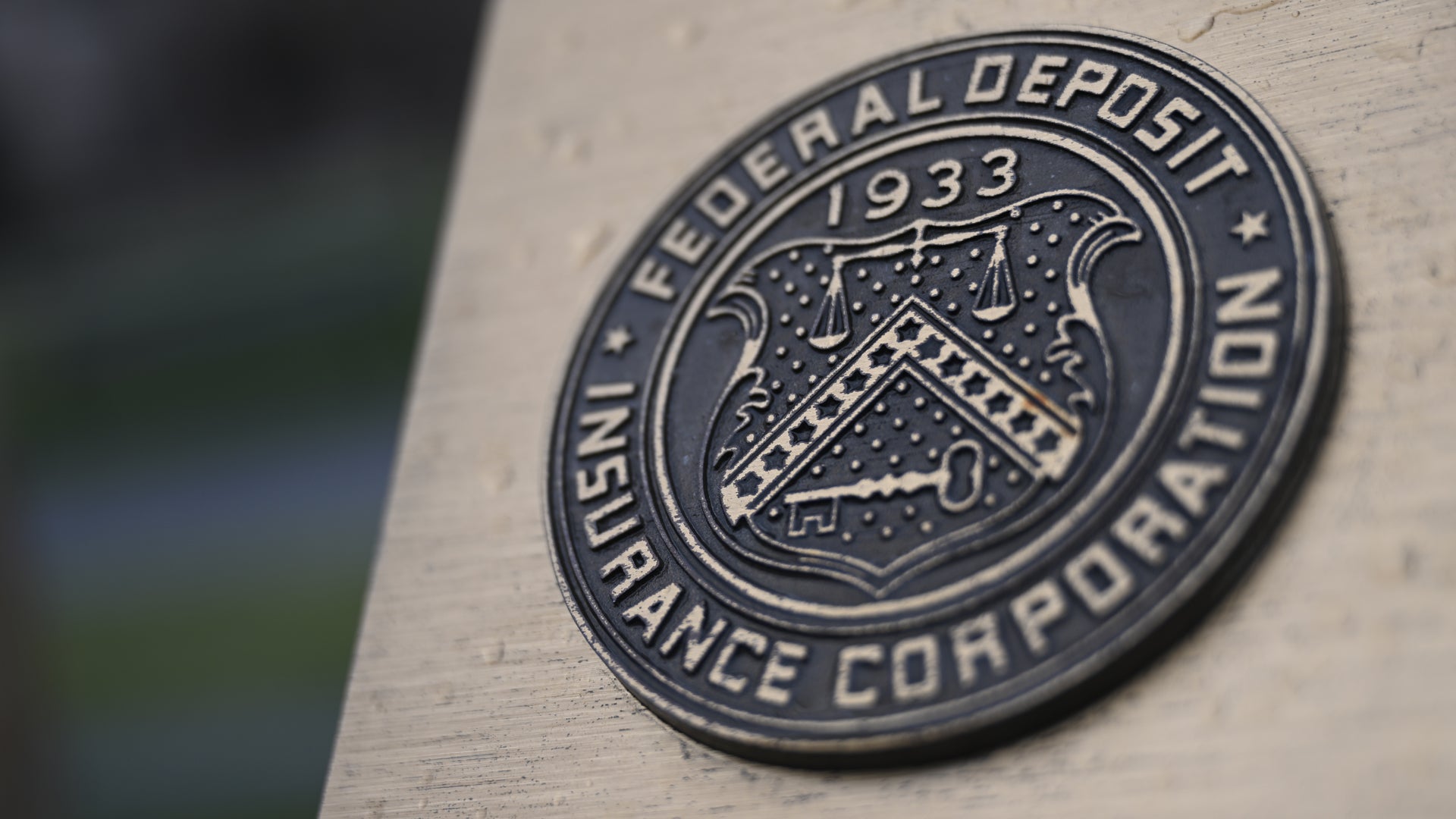The Federal Deposit Insurance Corporation (FDIC) of the United States has taken a significant step by adopting a new rule that will impact the way certain crypto firms can advertise and present themselves to the public.
In an announcement made on December 20, the FDIC revealed that its board of directors has finalized regulations aimed at preventing “false advertising, misrepresentations of deposit insurance coverage, and misuse of the FDIC’s name or logo.”
This move comes after a long period since the last significant update to the FDIC’s sign and advertising rules, which occurred in 2006.
One of the most visible changes resulting from this rule is the requirement for institutions insured by the FDIC to display a new black and navy blue sign, instead of the gold and black sign that has been in use since the 1930s.
This new sign will need to be prominently displayed on all websites and apps, brick-and-mortar bank locations, and certain ATMs, and these changes will come into effect starting in the year 2025.
While the FDIC has emphasized that these updates are not specifically targeting the crypto industry, it is no secret that there has been rampant abuse within the crypto space, with certain entities misleading customers into believing that their funds were FDIC-insured.
READ MORE: Solana Memecoin Trader Turns $226,000 into $1.6 Million in Just Five Days
Dennis Kelleher, the president and CEO of the nonprofit organization Better Markets, welcomed the FDIC’s actions and stated that it was necessary to update and strengthen the rules to address this misconduct.
Notable crypto firms like Gemini Earn, FTX US, and Voyager Digital have faced allegations of misleading investors regarding FDIC insurance.
In recent times, the crypto industry has faced increased scrutiny, especially after several banks with ties to crypto firms faced collapse, were closed by authorities, or voluntarily liquidated in 2023.
The FDIC had to work closely with the New York State Department of Financial Services to address these issues, including the closure of Signature Bank.
Furthermore, in June, the Consumer Financial Protection Bureau issued a warning regarding payment apps that facilitate crypto transactions, highlighting the potential lack of FDIC insurance, which could put user funds at risk.
Overall, the FDIC’s decision to update its rules and regulations regarding advertising and signs is a crucial step in ensuring that consumers are not misled by crypto firms regarding the protection of their funds.
The FDIC has recognized the unique challenges posed by the crypto industry, referring to it as a source of “novel and complex risks” to U.S. banks due to its uncertain legal and regulatory status.
Discover the Crypto Intelligence Blockchain Council




